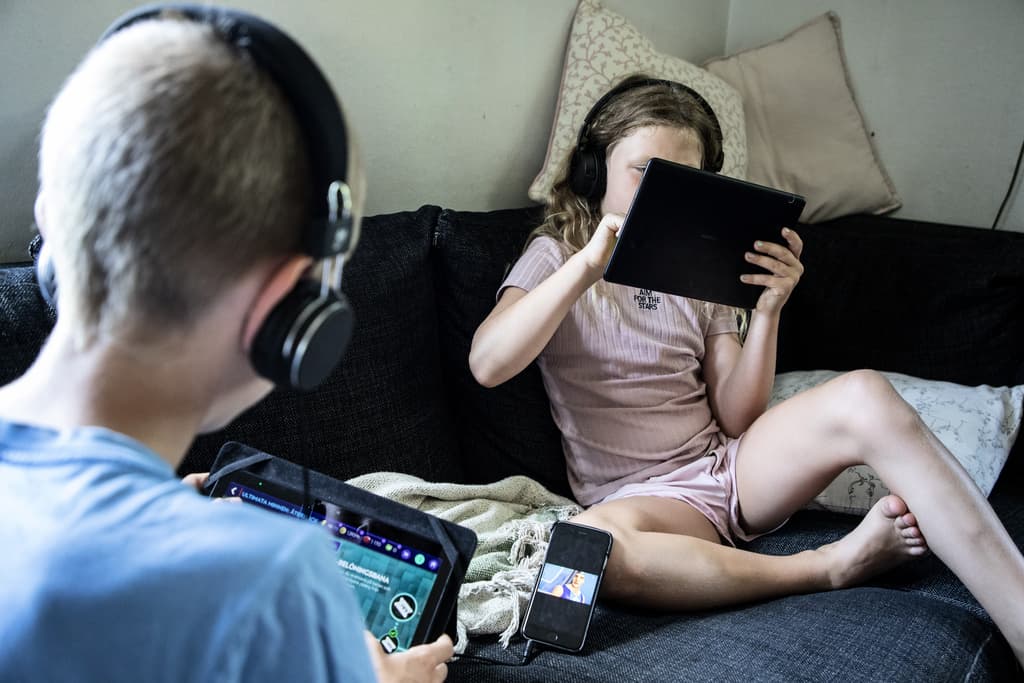The recommendations for children and young people were presented on Monday and include, among other things, that children under two years old should not have any screen time at all and that teenagers should have a maximum of three hours.
Social worker Henrik Pallin, who has written books about young people's internet use, is critical. He claims that the Public Health Agency is going against its own knowledge compilation, which the guidelines are supposed to be based on.
In the knowledge compilation, they are quite clear that they cannot be clear. Based on that, they then land on very sharp boundaries, he says.
"Does not shorten Bup queues"
Henrik Pallin takes overweight as an example.
In the compilation, they explicitly state that it may be the case that if you are overweight, you sit more still and then you are also more inclined to use the screen. But it is not necessarily the case that you became overweight because you used the screen.
Elza Dunkels, internet researcher and associate professor of educational work, believes that there is a lack of research support for the time limits.
Dangers such as stress, anxiety, and distorted self-image cannot be linked to screen use itself, she believes – and thinks that a "false image" was presented at the press conference.
When asked if there are any connections between screen use and physical and mental ill-health, she responds:
"No causal connections. There are no studies that have tried to show such a connection, but none have succeeded", she writes in an email.
Something Henrik Pallin agrees with.
Having unlimited screen time that crowds out other activities is certainly not good. But it's not the case that the queues to Bup will be shortened just because screen time decreases.
It would have been better with solutions than wagging fingers, he says.
Start by following the Public Health Agency's recommendations on how much you should exercise every day, and I think you would have solved many of the problems. But there were no investments in either youth sports, cultural school, or Bup.
Social community
Henrik Pallin also thinks that the Public Health Agency is missing the significance of screens for community.
It's the case that some can be outsiders at school and have their social contacts through their screen. That's not taken up at all, that an enormous sense of belonging can be created through Minecraft, Fortnite, and other platforms.
What is your advice to parents?
That you should get to know your children so that you can set the boundaries that the children deserve. If you're, for example, a girl who plays football four days a week and has an active life, it's no danger to sit four-five hours a day with a screen, he says.
The Public Health Agency's new recommendations for screen time for children and young people:
0-2-year-olds: Ideally no screen time at all.
2-5-year-olds: Maximum 1 hour.
6-12-year-olds: Maximum 1-2 hours.
13-18-year-olds: Maximum 2-3 hours.
+ The recommendations concern leisure-time use, such as social media, video clips, movies, TV, and computer games.
+ Music listening, podcasts, e-books, and school-related screen use are not included in the time limits.





